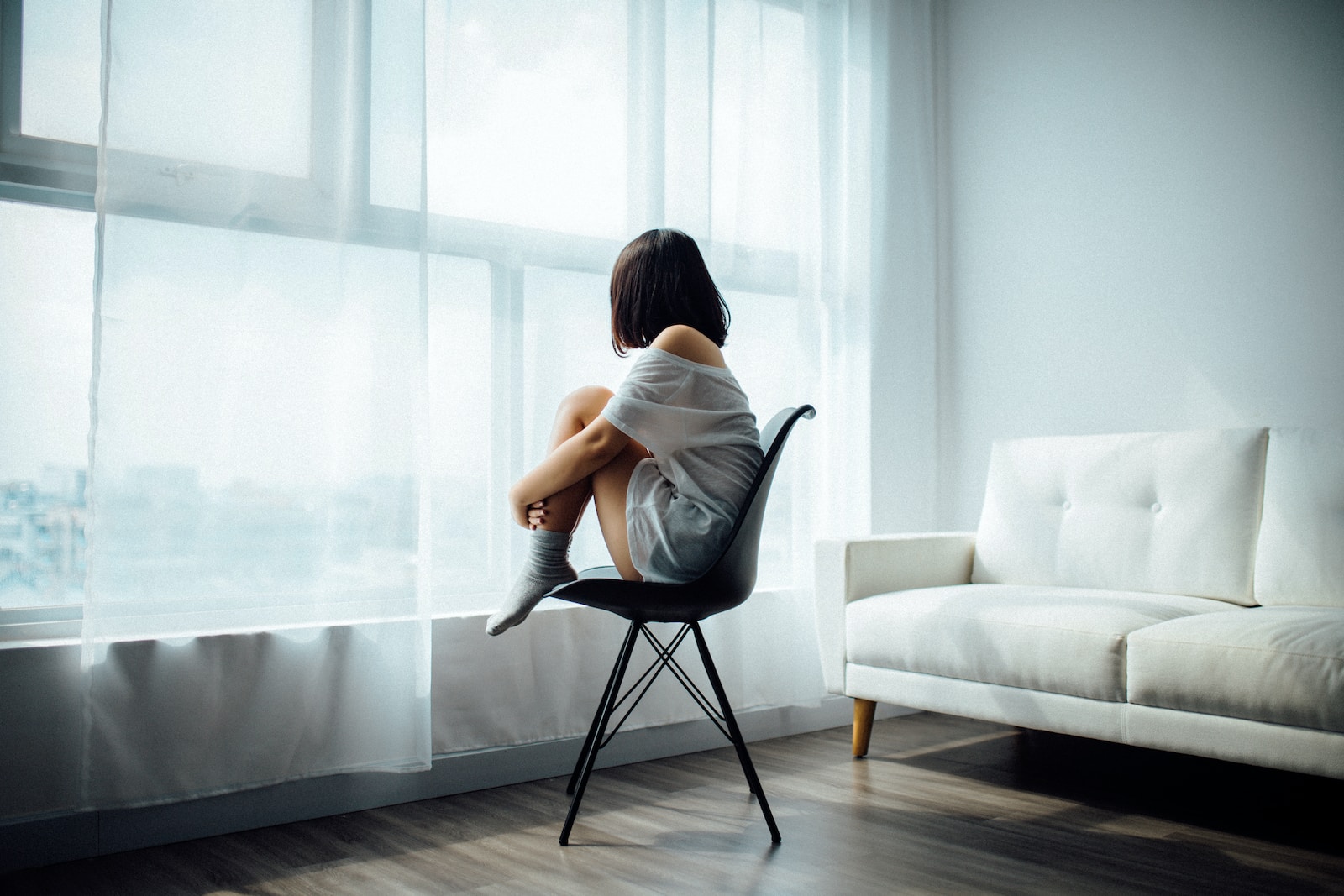Many people have experienced occasional sadness or depression. A difficult day at work, a relationship ending, a depressing movie, or even just getting out of bed on the “wrong side” might cause us to feel bad. We may even use the word “depressed” occasionally. How can we know when an emotion is more than just a feeling, and what does that mean?
The feeling of sadness or tension is only one aspect of depression. A depressive episode is described as a two-week or longer time during which a person exhibits persistent feelings of melancholy or loss of enjoyment together with a variety of other physical and psychological symptoms, such as exhaustion, changes in sleep or food, feelings of hopelessness, and guilt.
A minimum of one depressive episode that interferes with a person’s ability to function at work, in relationships, or at home is required for a major depressive disorder diagnosis.
12% of Australians will experience major depressive disorder during their lives, making depression a widespread problem in the country. In any given year, more than 650,000 Australians go through this. According to the World Health Organization, depression is the third most common disease worldwide, having a larger burden on the community than heart disease, due to its high prevalence and the potential for considerable disability. Also, there is a significant overlap between depression and other prevalent mental illnesses like anxiety and substance use disorders.
Unfortunately, only 35% of people with symptoms of mental health problems seek help. This may be because of difficulties identifying depression in the community due to a lack of knowledge or accessing care, and stigmatising attitudes towards depression.
Depression prevention programs that provide accessible treatments, increase knowledge and change negative attitudes are an important way to increase access to treatment and reduce the burden of depression.





